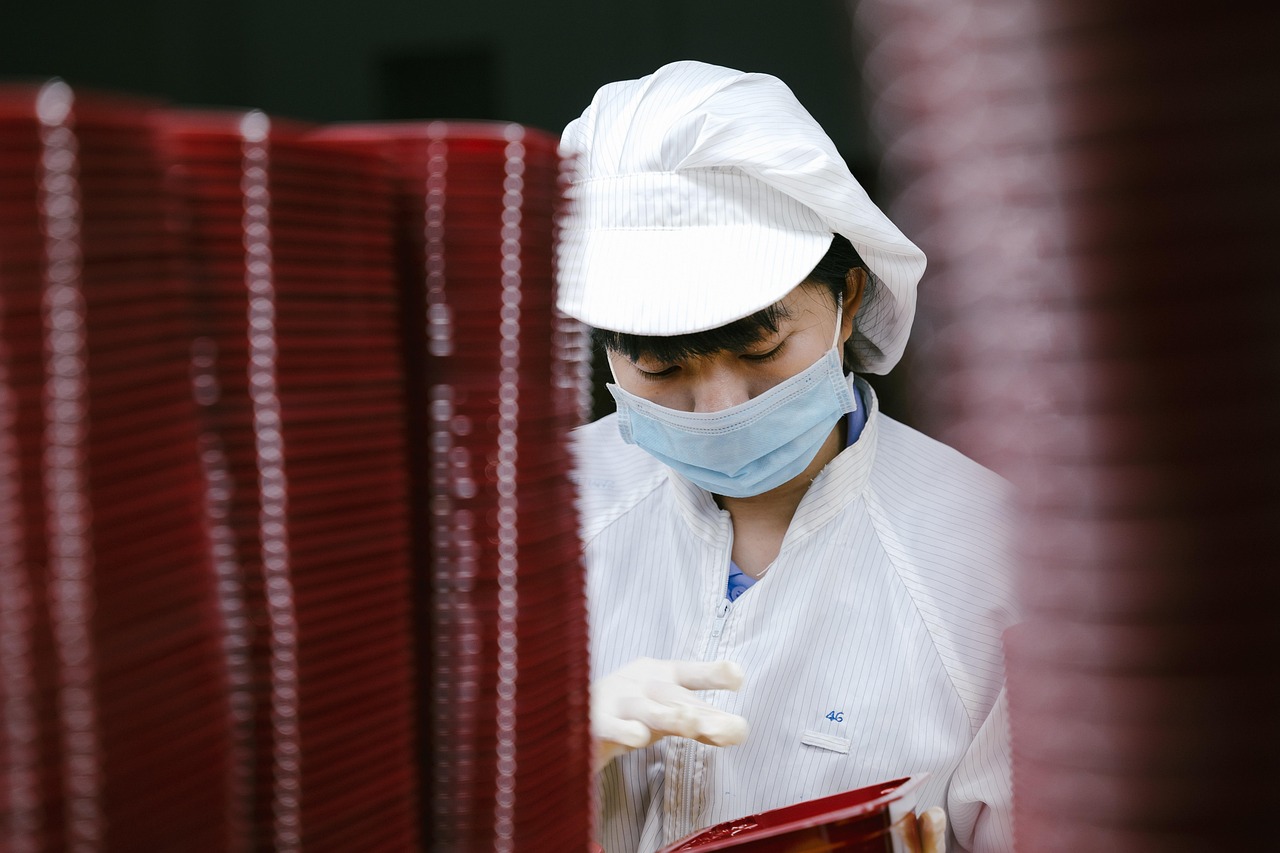“Task Masking: Why Employees Are Pretending to Be Busy at Wo
October 2, 2025 | by Ethan Rhodes

Task Masking: Why Employees Are Pretending to Be Busy at Work
By Ethan Rhodes – Workplace Strategist & Productivity Coach
Picture this: It’s 3 PM on a typical Wednesday, and your office hums with activity. But is everyone truly engaged? Or are some just perfecting the art of looking busy? This phenomenon, known as task masking, has become an increasingly visible trend in workplaces worldwide. Today, I want to unpack what’s driving this behavior and why it matters — not just for employees, but for leaders and organizations striving for real productivity.
What is Task Masking?
Task masking is when employees pretend to be busy — often shuffling papers, juggling non-essential tasks, or spending long hours glued to their screens — to create an appearance of productivity. They’re not necessarily slacking off outright; it’s more about managing perceptions and avoiding scrutiny or judgment.
It’s a kind of survival mechanism in a work culture that sometimes values visible busyness over actual results. Employees feel the need to show they’re pulling their weight, even if meaningful progress is slow or the workload isn’t fully occupying their time.
Why Are So Many People Task Masking?
- Fear of being judged lazy: When output isn’t immediately measurable, appearances become a proxy for performance.
- Lack of clear expectations: Without clarity on goals, employees fill their time with tasks that look productive but don’t always move the needle.
- Micromanagement cultures: Constant oversight pressures people to “look busy” to avoid negative consequences, even when they could focus better with more autonomy.
- Job insecurity: In uncertain economic times, delivering visible effort feels like insurance against layoffs or criticism.
- Technology distractions: The endless scroll and ping of messages contribute to busyness that isn’t truly productive but looks active.
The Real Cost of Task Masking
On the surface, task masking might seem harmless — a little white lie of work life. But it chips away at trust and morale. When people spend their energy maintaining an illusion of productivity, the quality and creativity of their output often suffer. Burnout can creep in because the real issues — misaligned workloads, unclear goals, or poor leadership — remain unaddressed.
For teams and organizations, task masking inhibits honest communication. It makes it tough to identify challenges, offer support, or innovate effectively. Essentially, it creates an environment where performance is about optics instead of value.
How to Break Free from Task Masking and Cultivate Real Productivity
The good news? There are actionable ways to flip the script and foster a more authentic work culture that prizes impact, not just appearances:
- Set crystal-clear priorities: When employees know exactly what success looks like, they can focus on meaningful tasks, not just filling time.
- Measure outcomes, not hours: Shift from “clock watching” to tracking measurable results or tangible progress.
- Encourage autonomy: Trust people to manage their own time and methods; micromanagement fuels the need to task mask.
- Promote honest communication: Normalize check-ins about workload and blockers — help people be open about when they’re stuck instead of hiding behind busyness.
- Lead by example: As a leader or manager, demonstrate balanced work habits and transparency about your own productivity ups and downs.
One simple daily practice: At the end of your workday, jot down your three most important wins or progress points. This shifts focus to results over hours logged and builds confidence in real achievements rather than appearances.
Final Thoughts
Task masking is a symptom of deeper workplace issues — and it’s one that modern professionals and leaders need to face head-on. When we replace the pressure to “look busy” with a culture that values meaningful impact, everyone wins: employees feel trusted and motivated, and organizations become more agile and innovative.
So if you catch yourself or your team slipping into this “pretend busy” mode, take it as a flag, not a failure. Use it as a cue to recalibrate expectations, communicate openly, and lean into smarter, purpose-driven productivity habits. That’s where the real magic happens.

RELATED POSTS
View all



